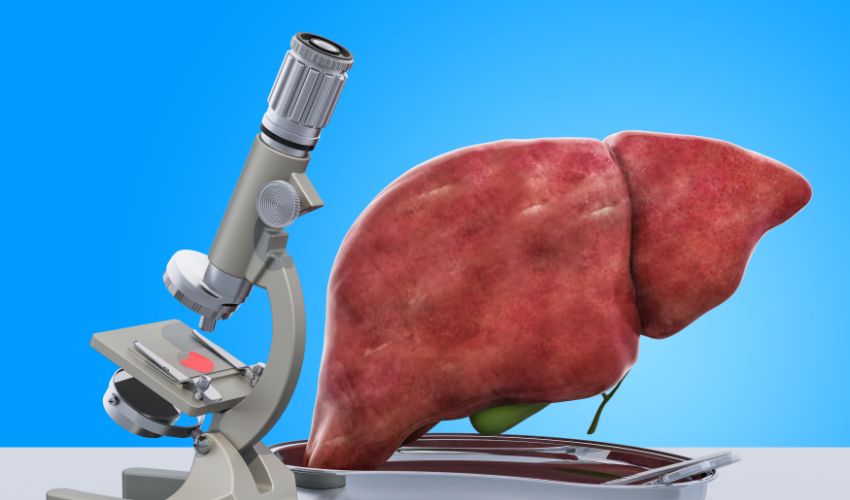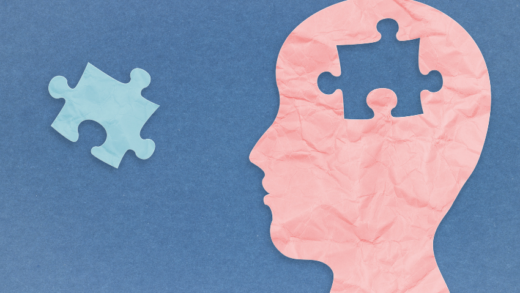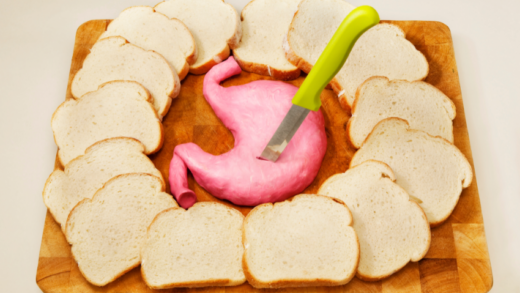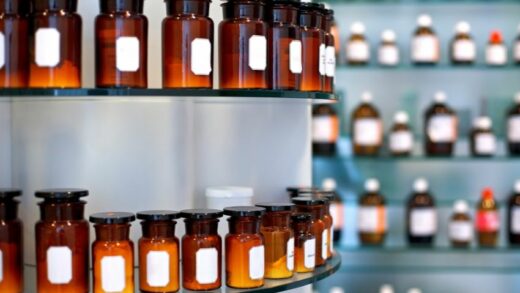The gallbladder is a small organ located beneath the liver that plays a critical role in the digestive system. It stores and releases bile, which helps to break down fats and aid in digestion. However, sometimes the gallbladder can become diseased, which can lead to a range of uncomfortable symptoms and complications. In this article, we will explore the causes, symptoms, and treatment options for gallbladder disease.
Causes of Gallbladder Disease:
There are several causes of gallbladder disease, including:
- Gallstones – These are small, hard deposits that can form in the gallbladder. They can cause inflammation and pain.
- Inflammation – Inflammation of the gallbladder, also known as cholecystitis, can cause pain and discomfort.
- Tumors – Tumors in the gallbladder can cause pain and discomfort, as well as other symptoms.
Symptoms of Gallbladder Disease:
The symptoms of gallbladder disease can vary depending on the severity of the condition. However, some common symptoms include:
- Abdominal pain – This is the most common symptom of gallbladder disease. The pain can be sharp or dull and is usually located in the upper right or middle part of the abdomen.
- Nausea and vomiting – These symptoms can occur due to the pain and discomfort associated with gallbladder disease.
- Jaundice – This is a yellowing of the skin and eyes that can occur due to a blockage of the bile ducts.
Treatment Options for Gallbladder Disease:
The treatment options for gallbladder disease depend on the severity of the condition. Some common treatment options include:
- Medications – Over-the-counter or prescription medications may be used to alleviate pain and inflammation associated with gallbladder disease.
- Surgery – In some cases, surgery may be necessary to remove the gallbladder.
- Dietary changes – Changing your diet can help to reduce symptoms associated with gallbladder disease.
Types of Gallbladder Disease:
Gallbladder disease encompasses several conditions, including gallstones, cholecystitis, and biliary dyskinesia. Gallstones are the most common form of gallbladder disease and occur when bile, cholesterol, and other substances in the gallbladder harden and form small, hard stones. Cholecystitis is inflammation of the gallbladder, which can be caused by gallstones or other factors. Biliary dyskinesia is a condition in which the gallbladder doesn’t empty properly, leading to pain and discomfort.
Risk Factors for Gallbladder Disease:
In addition to the risk factors for gallstones, there are other factors that can increase your risk of developing gallbladder disease. These include:
- Having a sedentary lifestyle
- Taking certain medications, such as estrogen or cholesterol-lowering drugs
- Having a history of pancreatitis
- Having diabetes
- Having a history of rapid weight loss

Diagnosis of Gallbladder Disease:
To diagnose gallbladder disease, your doctor will perform a physical exam and may order tests such as an ultrasound, CT scan, or MRI. Blood tests may also be performed to check for signs of infection or inflammation.
Recovery and Aftercare:
If you have surgery to remove your gallbladder, you can expect to stay in the hospital for a few days and may need to take several weeks off from work to recover. Your doctor will provide you with specific aftercare instructions, which may include pain management, dietary recommendations, and follow-up appointments.
FAQs:
Can gallbladder disease be prevented?
While there is no guaranteed way to prevent gallbladder disease, maintaining a healthy diet and exercise routine can help reduce your risk.
Is surgery the only treatment option for gallbladder disease?
No, medication and dietary changes can also be effective treatment options for gallbladder disease.
Is gallbladder disease life-threatening?
In most cases, gallbladder disease is not life-threatening. However, complications can arise if the condition is left untreated.
Can gallbladder disease cause long-term complications?
Yes, if left untreated, gallbladder disease can lead to long-term complications such as chronic pain and inflammation.
How long does it take to recover from gallbladder surgery?
Recovery time can vary depending on the individual, but most people can return to normal activities within a few weeks.

Conclusion:
Gallbladder disease can be a painful and uncomfortable condition, but there are effective treatment options available. By understanding the causes, symptoms, and treatment options, you can better manage your condition and improve your quality of life. If you suspect you may have gallbladder disease, it is important to speak with your doctor to determine the best course of action.






















